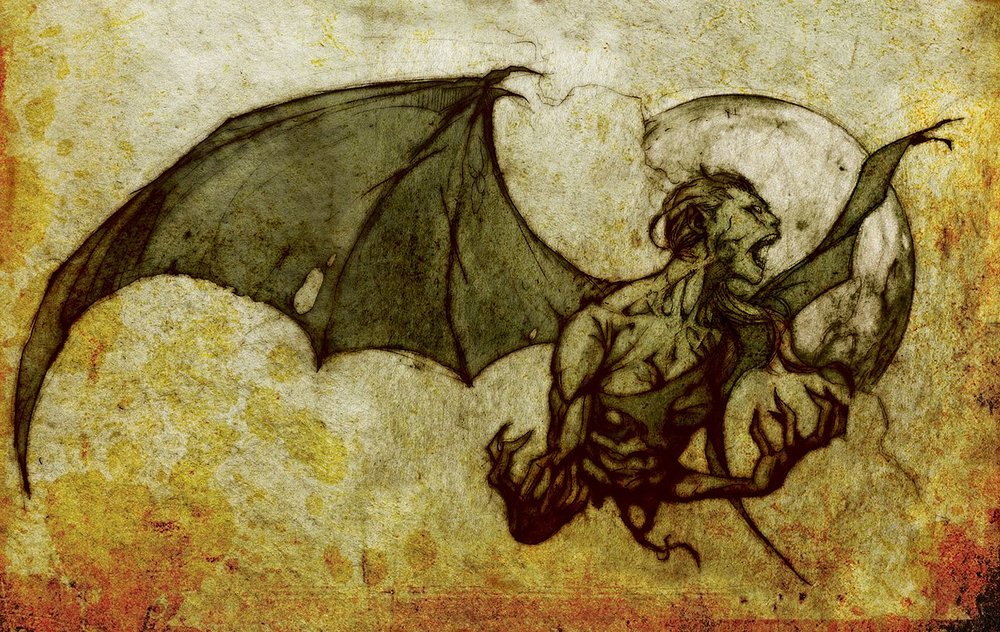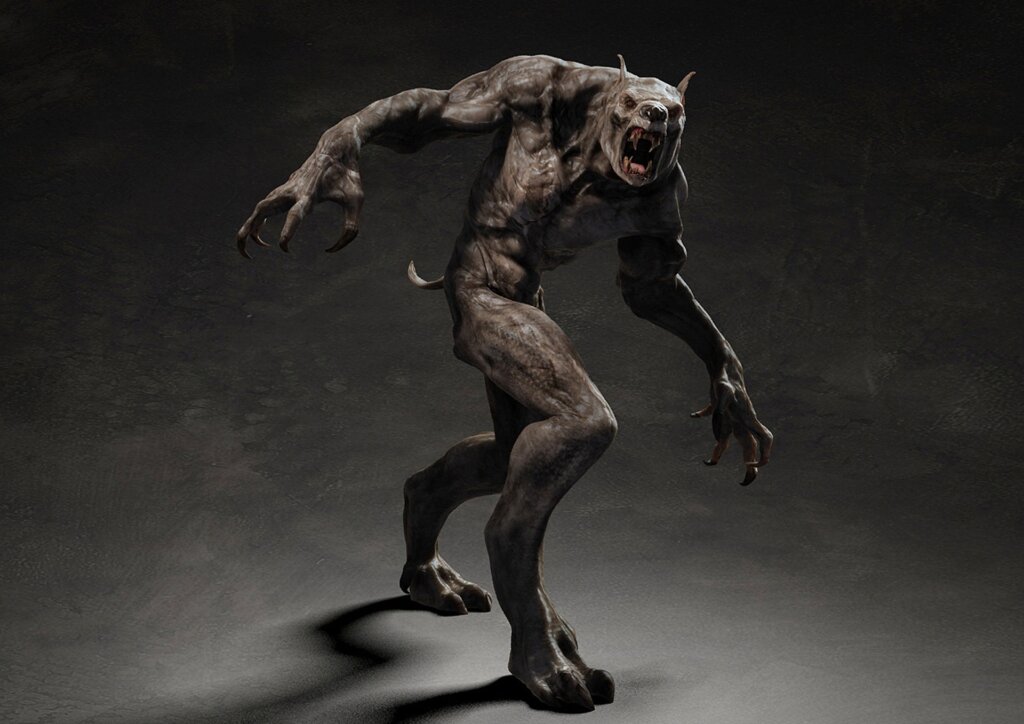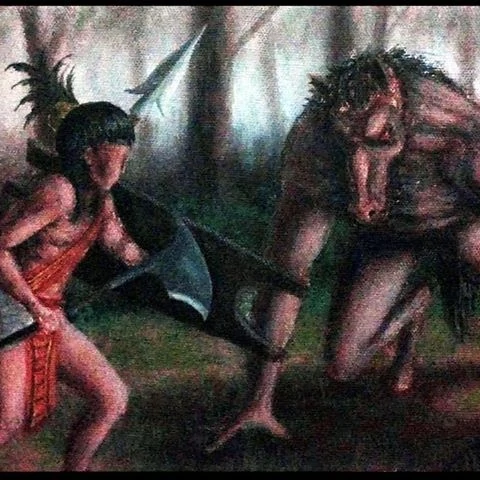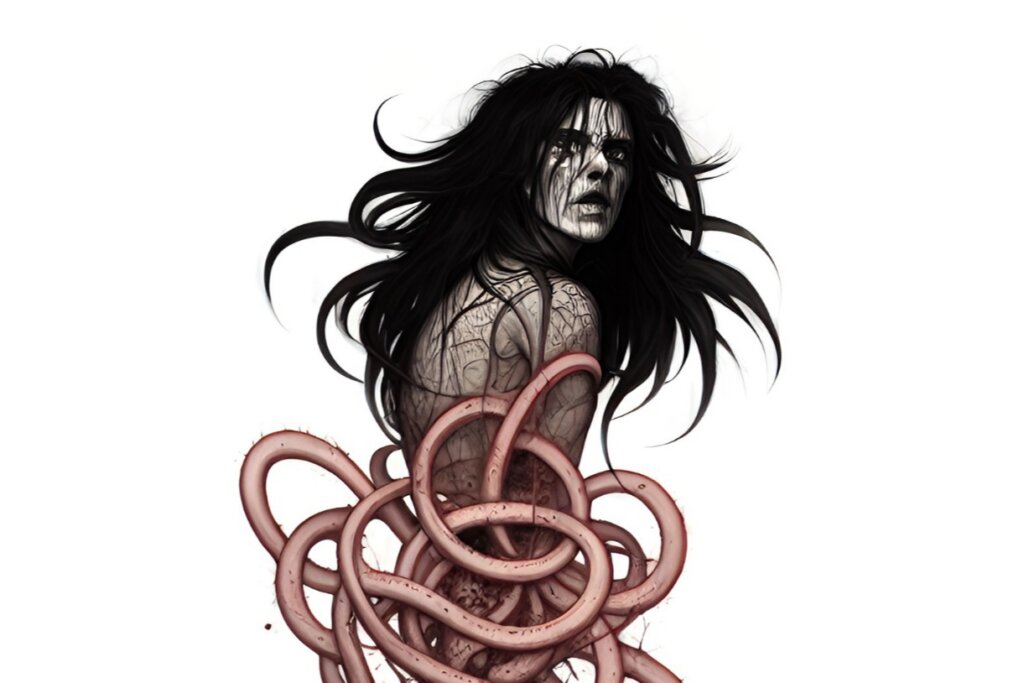Out of all the scary mythical creatures or ghostly rumors we have read about, some of the most bone-chilling have come from the Philippines.
For thousands of years, people in every walk of life have been telling tales of terrifying creatures that walk among us.
Mythological creatures and cryptids have mostly faded in our era of logic and science, but there was a time when people thought the world was a place of gods and monsters.
Related article:- 25 most famous folklore, legends, cryptids, and creatures from each state of North America
From the myths retold by the separate townsfolk of different dialects, you will find that the creatures serve similar roles as their Western counterparts.
These eleven mythical and fantastical creatures were amongst the scariest to haunt the Philippines and bring terror to Filipino men, women, and children.
11. Kapre

Related article:- 15 superstitions and myths associated with mirrors that will definitely creep you out
A giant of Filipino forests, the Kapre has been likened to the North American bigfoot, though its form may be a bit more human than the oversized American cryptid.
The Filipino tree demon lives within the larger trees of the Philippines, and though they’re not thought to be evil, their imposing size and prankster nature make them an imposing beast of Filipino lore.
Kapres are known to disorient travelers, causing them to get lost in the wilds.
10. Bakunawa

Related article:- 10 terrifying urban legends that turn out to be true
Should you speak any of the Visayan languages, you may have immediately recognized Bakunawa as the same word for “eclipse,” and that’s for good reason.
This mythical sea serpent, a giant with a large mouth and two sets of different-sized wings, was thought to be responsible for eclipses.
The Bakunawa would sweep across the night sky and swallow each moon, but Filipinos responded swiftly and saved their moons.
Banging pots and pans, the Filipinos startled and scared the oversized serpent into spitting out the moon. Other versions involve a turtle, the sister of Bakunawa, or a human girl for whom the serpent fell.
9. Aswang

Related articles:- 25 disturbing facts about the Salem witch trials where no one was safe
Day or night, these vampiric fiends of Filipino folklore were feared for their nature of devouring children and unborn fetuses.
Describing an Aswang is difficult as they’re known to take on many different forms, including the familiar faces of townspeople.
Some depictions show them with a proboscis used to suck a child from their mother’s womb, others show a beast so thin it can hide behind bamboo posts.
These Filipino atrocities are the worst kind – impossible to pinpoint and thirsty for blood, though a good supply of garlic, salt, and holy artifacts will keep them at bay and a whip of a stingray’s tail will kill them.
8. Amalanhig

Related article:- Was a dead Salem witch caught in the photograph?
Not all the mythical beasts from the Philippines are bloodthirsty creatures.
An Amalanhig that derives from an Aswang that didn’t pass along its affliction to a relative may rise from its grave with the intent of sucking its victim dry, but other versions, those that were murdered, have a different form of punishment.
These Amalanhig will stalk their prey relentlessly, eventually catching them and tickling them to death. Fear you have an Amalanhig following you?
Look for the aroma of rotting flesh and find people whose legs don’t bend. The Aswang Amalanhig, on the other hand, is a far more devious force, one you won’t outrun lest you jump into a river or lake.
7. Tikbalang

Related articles:- Why the Danish king officially banned telling stories of Gryla the witch?
Sporting a lanky frame and the head and feet of a horse, the Tikbalang is said to be the unnatural mutation of a fetus that was aborted.
Not necessarily deadly, this animalistic beast is a trickster that pranks weary travelers by leading them along unending paths that always return to where they started.
Those looking to break the spell of the Tikbalang simply need to ask to pass, remain silent to not disturb the creature, or wear their shirt inside out.
Tikbalang may also be tamed by taking one of the sharp spines that line its mane.
6. Bal-Bal

Though the Bal-Bal can be associated with the various vampires of Filipino culture, there is a version not connected to the Aswang or Amalanhig that is equally as terrifying.
The undead monstrosity isn’t a threat to the living but will stalk graveyards and cemeteries, looking for graves to defile and carcasses to feed on.
Long claws and gnarly teeth are used to decimate the dead as the creature feasts upon rotting flesh and bone.
Once the corpse is devoured, the Bal-Bal leaves in its place the trunk of a banana tree to trick people into thinking the body is still in the coffin.
5. Berberoka

A master of deception, the Berberoka has a taste for human flesh and will go to great lengths to get more.
To trap people, the Berberoka deforms its body to serve as a river dam. The water dries up, the fish pile up on the riverbed, and people flock to collect the incredibly easy catch.
Unbeknownst to them, the Berberoka is waiting for just the right time to return to its usual form to allow the river to flow again, catching the humans in the rushing water.
As they struggle to stay afloat, the Berberoka snags each person and eats them alive.
4. Manananggal

Versions of this ungodly creature have popped up in other mythologies under different guises.
In the Philippines, it’s a vampiric monster similar to the Aswang, though it deviates in one very grotesque way.
The Manananggal can separate its body into two, allowing its winged upper half to scour the night for prey, typically pregnant women from whom it sucks the hearts of the fetus.
The Manananggal is left vulnerable, however, as its lower portion is left to wait for the upper half’s return.
To best this Filipino mythical monster, smear spring ash, and salt or crushed garlic on its bottom half.
3. Nuno Sa Paso

Nuno sa punso, or old man of the mound, is a vengeful impish creature that resides in termite mounds, ant hills, rocks, and riverbanks.
Those that trespass on its home are met with the creature’s horrifying ability to place curses, including swelling of any body part and excessive hair growth.
Of its more grotesque maledictions, the nuno can cause people to urinate a thick, black liquid or vomit blood.
Find yourself cursed by the dwarf-like creature? You’ll need an albularyo – or a practitioner of traditional medicine in the Philippines – to undergo a ceremony known as tawas.
2. Tiyanak

As if a miscarriage or the death of a child wasn’t tragic enough, imagine those mothers who were visited in the dead of night by the reanimated corpse of their lost child.
The Tiyanak is a bite-sized nightmare brought upon by the lack of baptism or proper burial of a deceased child, be it a fetus or infant.
When it returns to the world of the living, it’s said to either seek revenge on its mother for a lack of baptism or funeral or simply ask for the ceremonious burial that they were robbed of.
Similarly, like vampires, the Tiyanak is resilient but can be bested by sunlight and garlic.
And thus ends our list of monstrosities. We’d love to hear your thoughts about these mythical creatures, especially if you’re from the Philippines!
1. Tambal

Tambal is the Filipino version of a doppelganger, a supernatural creature who is able to change their appearance to their human victims.
They are always on the lookout for their victims and cause them to get lost for days, eventually taking their place in the real world, including their home, mingling with family and acquaintances.
There are also stories where the Tambal kills their victims before taking their place in the human world. In Filipino folklore, the Tambal later fakes its death but the ‘corpse’ it leaves would be a small tree trunk.
